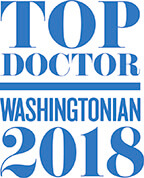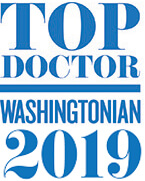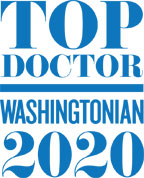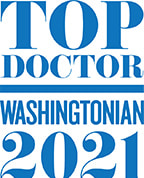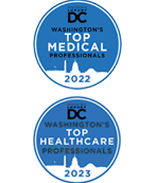Herpes zoster ophthalmicus, or Shingles involving the eye, is a reactivation of the Chickenpox virus. When we contract Chickenpox as a child, the treatment provided will alleviate the acute symptoms. That virus, however, will remain in your system in a dormant or inactive state. Reactivation can occur later in life; the peak age is between 50-75 years old. Possible causes of herpes zoster can be stress, a weakened immune system, or chemotherapy or radiation treatment. Patients may experience symptoms of facial pain and redness only on one side of the face with a characteristic rash, headache, blurred vision, malaise, and a low grade fever.
Treatment for Shingles involves the use of antiviral pills, eye drops when the eye is involved, and comfort care or pain relief until the symptoms resolve. Often patients will be symptomatic for dry eye syndrome after the attack of Shingles and may require aggressive dry eye treatment. Some patients will experience intense nerve pain that will require the care of the primary care physician.
A new development has recently been released to prevent the reactivation of herpes zoster ophthalmicus. Zostavax is a vaccine that is FDA approved and has been shown to greatly decrease the chance of getting Shingles. Some patients will still have Shingles even with the vaccine, but those patients tend to have a less severe occurrence.

